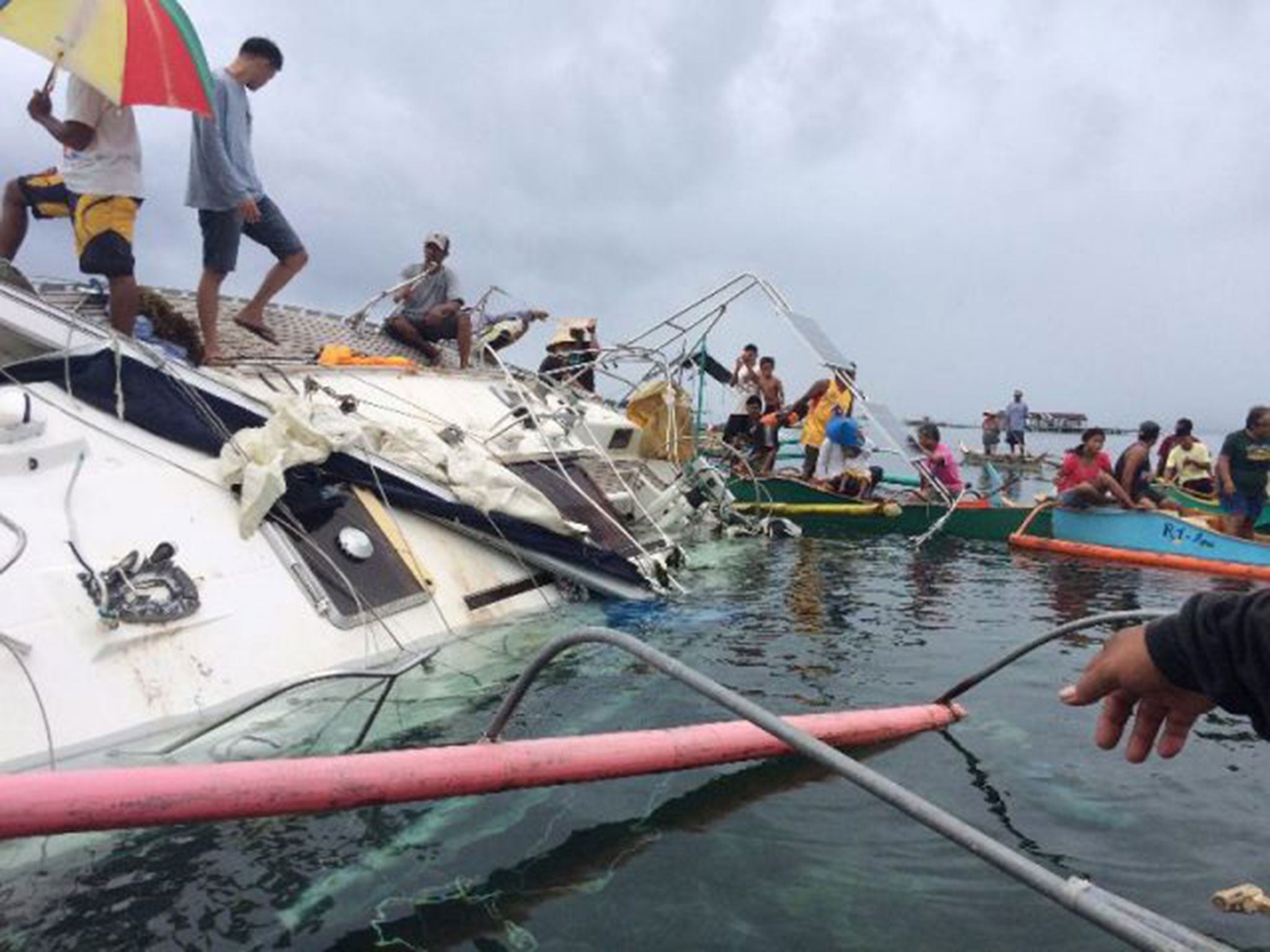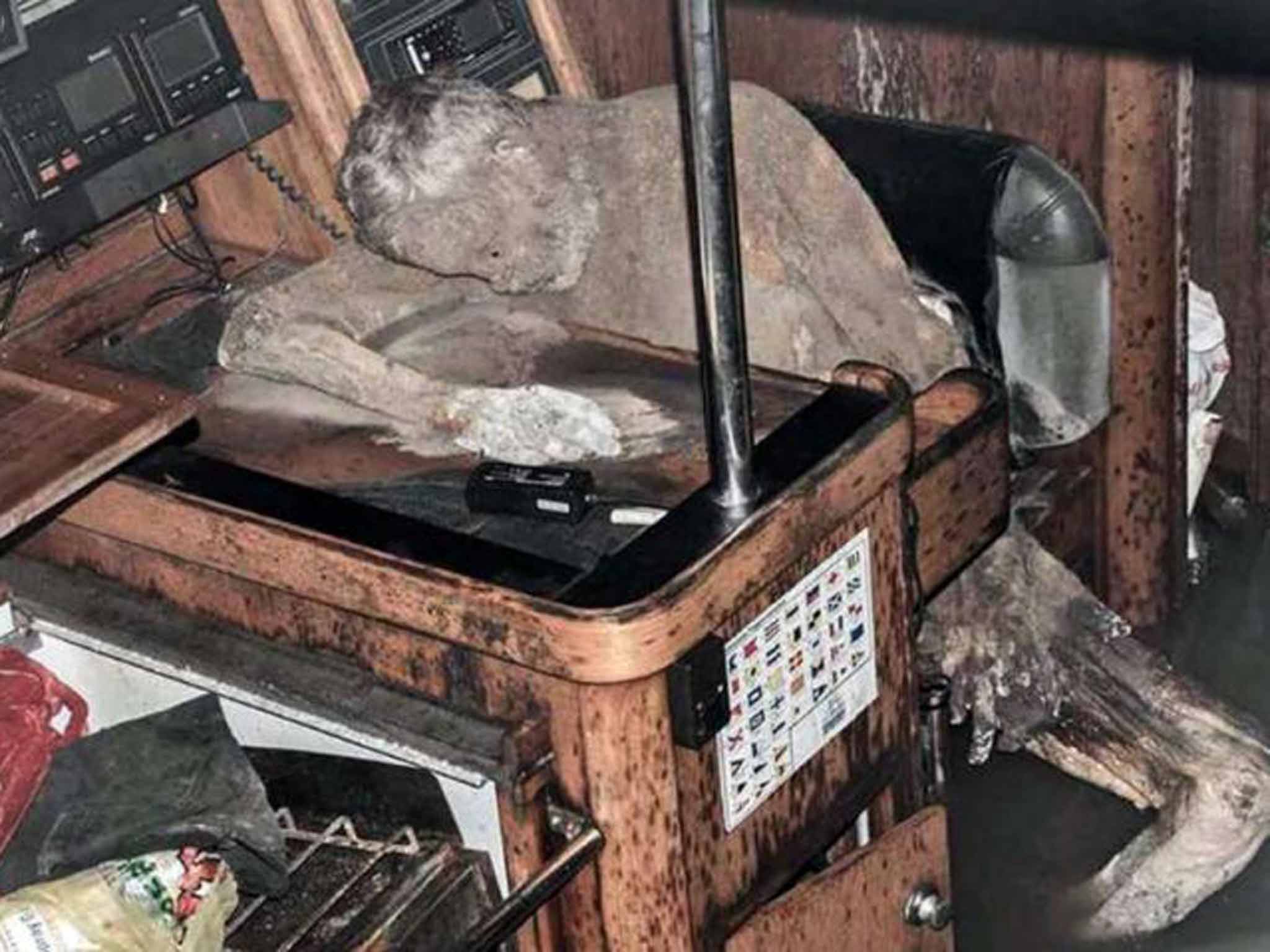Manfred Fritz Bajorat and modern mummies: How climate conditions affect mummification
The last message from German round-the-world sailor Manfred Fritz Bajorat was received a year ago

The sea does strange things to people. More than 40 years ago, after 240 days afloat, a novice sailor called Donald Crowhurst was about to claim the trophy in the first single-handed round-the-world yacht race when his boat was found adrift in the Atlantic – abandoned. A study of his log later showed he had faked his epic voyage and never left the northern waters where his yacht was found. Fearing his secret would be discovered, it is believed he jumped overboard. But the mystery was never solved.
:: Warning: Image of mummified body appears below
Now Manfred Fritz Bajorat, a German round- the-world sailor, has been discovered on his yacht drifting off the coast of the Phillipines, seven years after the last reported sighting and a year after the last message received from him. Bajorat, 59, was still with his yacht, but in strange circumstances. His mummified body was found slumped over a table next to the radio telephone, leading to speculation he may have suffered a heart attack and been trying to make an emergency call.
Pictures show a man with silver hair and a beard, his head leaning towards his crooked arm, which is resting on the table, as if he were studying a chart. His body is remarkably intact. Seated in the cabin, it was protected from scavenging sea birds; and the high temperature, low humidity and salty sea-air appear to have combined to produce ideal conditions for preservation of the corpse.
Had he fallen into the water, it would have been a different story. In tropical seas, decomposition and putrefaction begin quickly and progress rapidly. A body may sink to the bottom initially but the bacterial action which causes it to bloat with gas will normally mean that, after three or four days, it will again float to the surface, where it is exposed to sea-birds, sharks and buffeting by the waves.
In cold water, this process may be slowed. The tissues form a soapy, fatty acid known as “grave wax” that protects the corpse and halts bacterial growth. Bodies have been recovered almost completely intact after several weeks in cold seas. However, a natural mummification such as Bajorat's is rare, as it requires extreme conditions of cold, salinity, acidity or aridity.
The earliest ancient Eqyptian mummies occurred naturally after being buried in shallow pit-graves in the hot dry sand of the desert, which promoted dehydration and desiccation of the corpses. The natural preservation of the dead led to deliberate mummification, which became an integral part of the death ritual in ancient Egypt.

Natural mummies have also been found in other extreme environments. The “Saltmen of Iran” were first discovered when miners came across a body with long hair and a beard in the Chehrabad salt mines outside the city of Zanjan in 1993. Another body was found in 2004, two more in 2005 – and by 2010, six bodies had been uncovered, all well preserved by the salt. They are estimated to be at least 1,700 years old.
More venerable still is the oldest known natural mummy in Europe – “Otzi”, also known as “Iceman”, whose remains emerged from a retreating glacier in the Otztal Alps (hence his name), close to the Italian-Austrian border. He was found in September 1991 and is estimated to have lived around 3,300 BC.
More recently, in England, a 61-year-old former Devon taxi driver, Alan Billis, who was terminally ill with lung cancer, volunteered to be mummified to help scientists research the processes involved. After he died in 2011, his skin was covered in oils and his body immersed in a bath of cold salt water for more than a month before being wrapped in linen and dried for three months. A documentary about the process was shown on Channel 4.
In his case we know the cause of death. But in that of Bajorat, his body frozen in time, it's unlikely we shall ever discover what happened in his final days, alone on the high seas.
Join our commenting forum
Join thought-provoking conversations, follow other Independent readers and see their replies
Comments